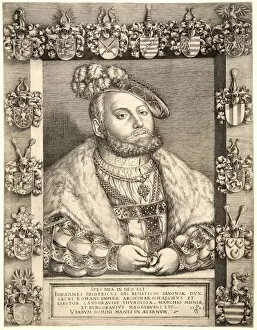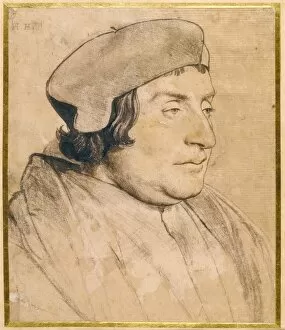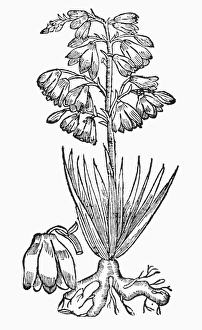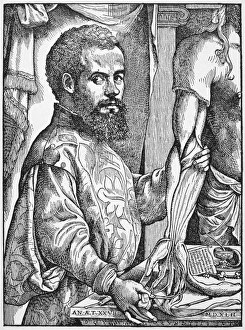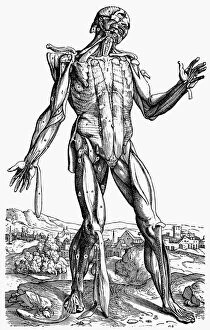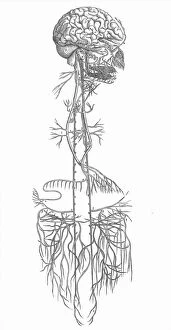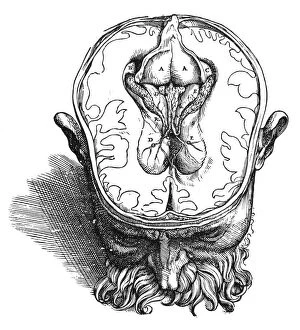1543 Collection (page 5)
In the year 1543, a multitude of significant events unfolded across various realms. It was a time when great minds and influential figures left their mark on history
All Professionally Made to Order for Quick Shipping
In the year 1543, a multitude of significant events unfolded across various realms. It was a time when great minds and influential figures left their mark on history. Catherine Parr, born in 1512 and passing away in 1548, played an essential role as the sixth wife of King Henry VIII of England. Her intelligence and influence brought stability to a tumultuous court. William Byrd, a renowned composer from 1543 to 1623, composed beautiful melodies that still resonate today. His music transcended boundaries and touched the hearts of many. The woodcut from Andreas Vesalius' De Humani Corporis Fabrica published in Basel showcased groundbreaking anatomical knowledge. This revolutionary work laid the foundation for modern medicine. Hotel De Ville in Loches stood as a testament to architectural grandeur during this period. Its intricate design captured the essence of Renaissance aesthetics. Johannes Eck, an eminent theologian known for his debates with Martin Luther, made his mark on religious discourse during this era. His intellectual prowess shaped theological discussions for years to come. Federico Zuccaro's artistic talent flourished during this time as he created captivating works that captivated audiences worldwide. His contributions enriched the art world with creativity and innovation. Andreas Vesalius himself gave lessons at Brussels' school of medicine through vivid color woodcuts depicting human anatomy—a visual representation that revolutionized medical education forever. The Mint in Southwark served as a hub for economic activity during these times—its bustling atmosphere reflecting commerce's importance within society. An anatomical illustration showcasing the intricacies of the human muscular system shed light on our understanding of how our bodies functioned—an invaluable contribution to medical science. The Fountain of St Lazarus located in Autun, France exuded timeless beauty even when captured through black-and-white photography—a symbol representing resilience throughout centuries gone by Through engravings like "Martyrdom of Testwood and his companions, " the struggles faced by individuals who dared to challenge societal












